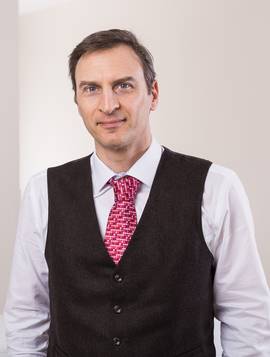Laser Surgery
Dr Palamaras is one of the few Consultants in the country that has undergone specialty training in Skin, Mohs micrographic and Laser surgery at the prominent Dermatological Surgery and Laser Unit of St John’s Institute of Dermatology in London, UK.
Dr Palamaras is very experienced to treat safely and effectively, with the right type of Lasers, skin growths such as warts and skin tags, acne scars, abnormal skin pigmentation/discoloration such as freckles, tattoos, pigmentation after pregnancy (melasma) and vascular lesions such as haemangiomas, strawberry naevus and port-wine stains.
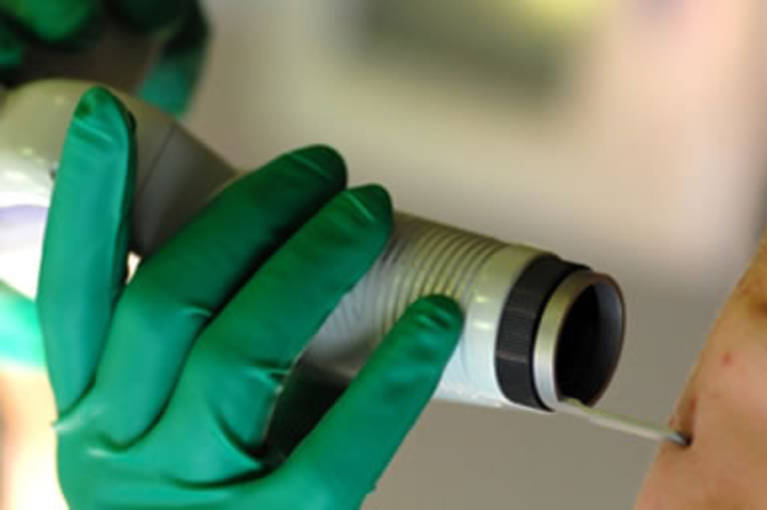
Laser (Light Amplification by Stimulated Emission of Radiation) surgery uses a very hot, focused beam of light to remove or cauterise a skin lesion and control bleeding without affecting the normal surrounding skin.
Types of Lasers
There are different types of lasers that according the wavelength of their beams have different indications; the most common ones used on skin are:
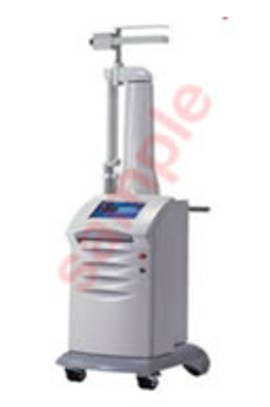
Carbon dioxide (CO2) laser
It is primarily used as a surgical scalpel (Laser scalpel) where the light energy is converted into heat that cuts through or vaporises the skin with minimal bleeding. CO2 laser is commonly used to remove common warts, skin tags, treat acne scars and skin aging by superficial or deep facial rejuvenation (removal of wrinkles).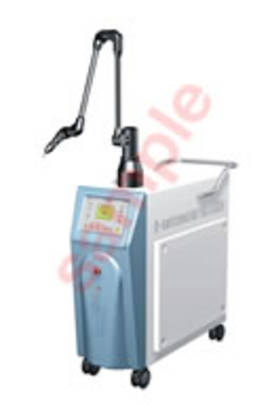
Nd:YAG laser
It is more commonly used for both “gentle” re-surfacing/rejuvenation of aged skin and superficial acne scars. Also, some types of Nd:YAG Laser are very safe to use in darker skin types such as Asian or Indian to treat skin discoloration such as freckles, melasma/cloasma (pigmentation of the face after pregnancy), becker’s naevus, post-acne pigmentation, tattoos and hair removal. It is also safe to treat vascular lesions namely birthmarks such as haemangiomas, strawberry naevus, port-wine stains and thin, superficial varicose veins.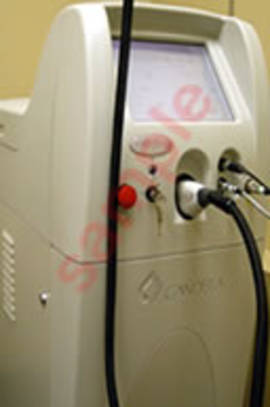
KTP and Pulsed Dyed Lasers (PDL)
These Lasers mainly target the pigment (haemoglobin) of the red cells in the superficial blood vessels of the skin. Hence, are often used to treat vascular skin lesions namely birthmarks such as haemangiomas, strawberry naevus and port-wine stains but mainly in lighter types of skin such as white-Caucasian. Some PDL Lasers (Blue light/N-Lite) have also been used to treat active acne lesions.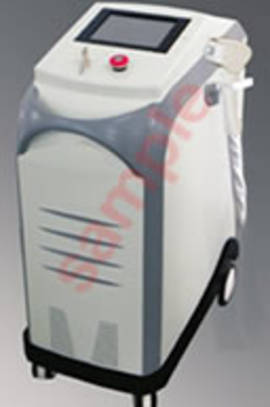
Alexandrite and Diode Lasers
These Lasers target mainly the pigment of the skin (melanin) and most often are used for hair removal ("Laser hair removal").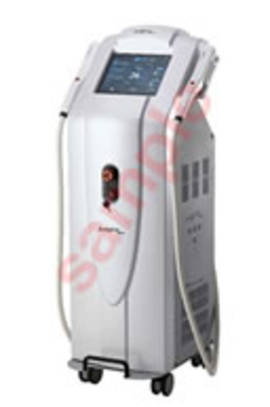
Intense Pulsed Light (IPL) Devices
These devices are often marketed but are NOT Lasers as they use a broad spectrum of wavelength to treat skin discoloration, vascular lesions, removal of hair and skin aging (fine, superficial wrinkles, freckles).More Information
What are the advantages of Laser Surgery?
Laser procedures can usually cause less bleeding than conventional skin surgery as well as swelling and pain. In addition, the heat generated by the laser keeps the surgical site free of germs and reduces the risk of infection. What are the disadvantages of laser surgery?
Safe Laser surgery requires qualified, experienced and highly skilled doctors or other personnel that have thoroughly been trained, as an imprecisely aimed laser beam can burn or destroy healthy skin with sometimes severe complications. It is also very important that the person who performs laser surgery is able to respond to and manage promptly and correctly any adverse effects or complications, as any delay can cause permanent problems.
What happens during Laser Surgery?
Before your Laser surgery, Dr Palamaras will explain the procedure to you in clear terms and you will be asked to sign a consent form giving your permission for the procedure to be carried out.
Then Dr Palamaras or a member of his staff will ask you to lie down on the Operating Couch.
Depending on the type of laser, both patient and doctor will wear protective eye shields or glasses while undergoing laser surgery.
Depending on the type of Laser, Dr Palamaras may or may not need to use a local anaesthetic. This can be carried out with either applying a special cream that needs to be left for 45min to 1h prior to the laser procedure and/or by injecting a local anaesthetic with a very fine needle which "freezes" (numbs) the skin. The local anaesthetic only numbs the skin around the minor operation site and does NOT put you to sleep.
If at any point during the surgery you still feel any sharp pain, then Dr Palamaras will top up the local anaesthetic until you don’t feel any pain at all.
When a topical or injectable anaesthetic is not used, you may usually feel a mild and sharp "sting" during the Laser procedure.
Finally, a special dressing or a simple plaster if the surgery is small is placed over the wound site. It is important to tell Dr Palamaras whether you are allergic to any particular dressings or plasters prior to the procedure.
What happens after Laser Surgery?
After Laser surgery there is sometimes a wound left to heal by its own with the same aftercare advised for an open wound. This healing phase is commonly called "downtime" and depends on the depth of the treatment which is related to the Laser device used: hair epilation with Alexandrite, Diode or Nd:Yag Lasers has hardly any downtime while it may take up to six weeks for removal of large warts from the sole of the foot with CO2 laser.
Should you have any concerns prior or after the procedure, please do not hesitate to contact Dr Palamaras either by calling his secretary or by contacting the clinic you are going to or had your operation.
What kind of complications can occur during or after skin surgery?
Depending on the depth of Laser treatment, there is a small risk for skin infection. Dr Palamaras will explain to you the early signs of it to recognise, should your wound site becomes infected and what to do about it.
There is also a small risk for bruising after the procedure, especially when vascular lesions are treated. Depending on the depth and location, the bruising normally resolves within 7 to 14 days. Occasionally the treated site may be tender and sore for several.
Occasionally and most commonly but not exclusively in darker skin types (Asian, Indian, Afro-American, Caribbean), laser treatment can cause discoloration of the skin. This is why Dr Palamaras will always carry out a small Laser "test patch" prior to performing Laser surgery, so that he can evaluate the response of your skin to the laser.
Some people have a tendency to form "lumpy" scars called HYPERTROPHIC AND KELOID SCARS as their wound site heals. Keloid scars are more likely to form on certain parts of the body such as shoulders, upper chest and back and occur more commonly but not exclusively in black skin.
If you notice any abnormal healing of you wound, please contact Dr Palamaras as soon as possible for further advice, as this abnormal scarring can be stopped and more easily cured when treated on time.
